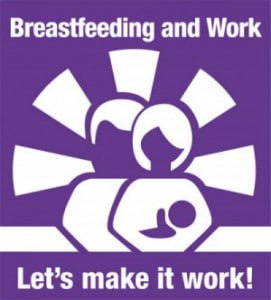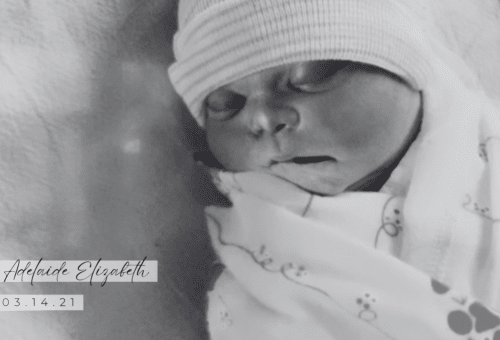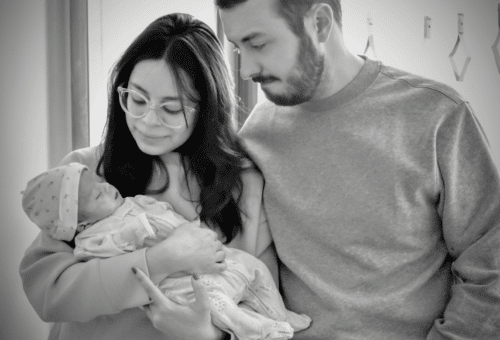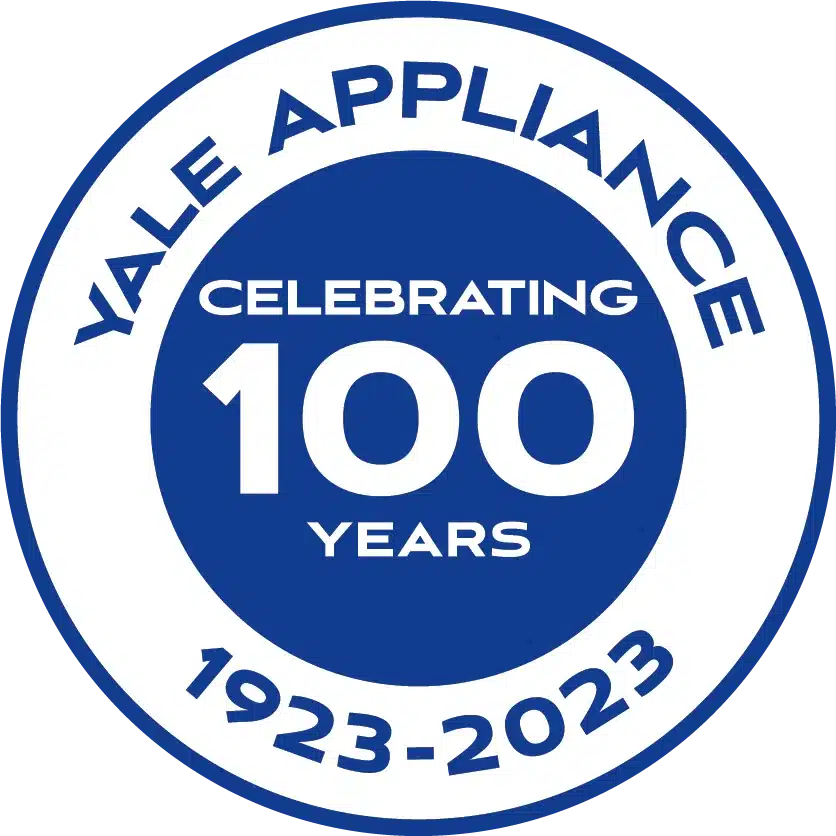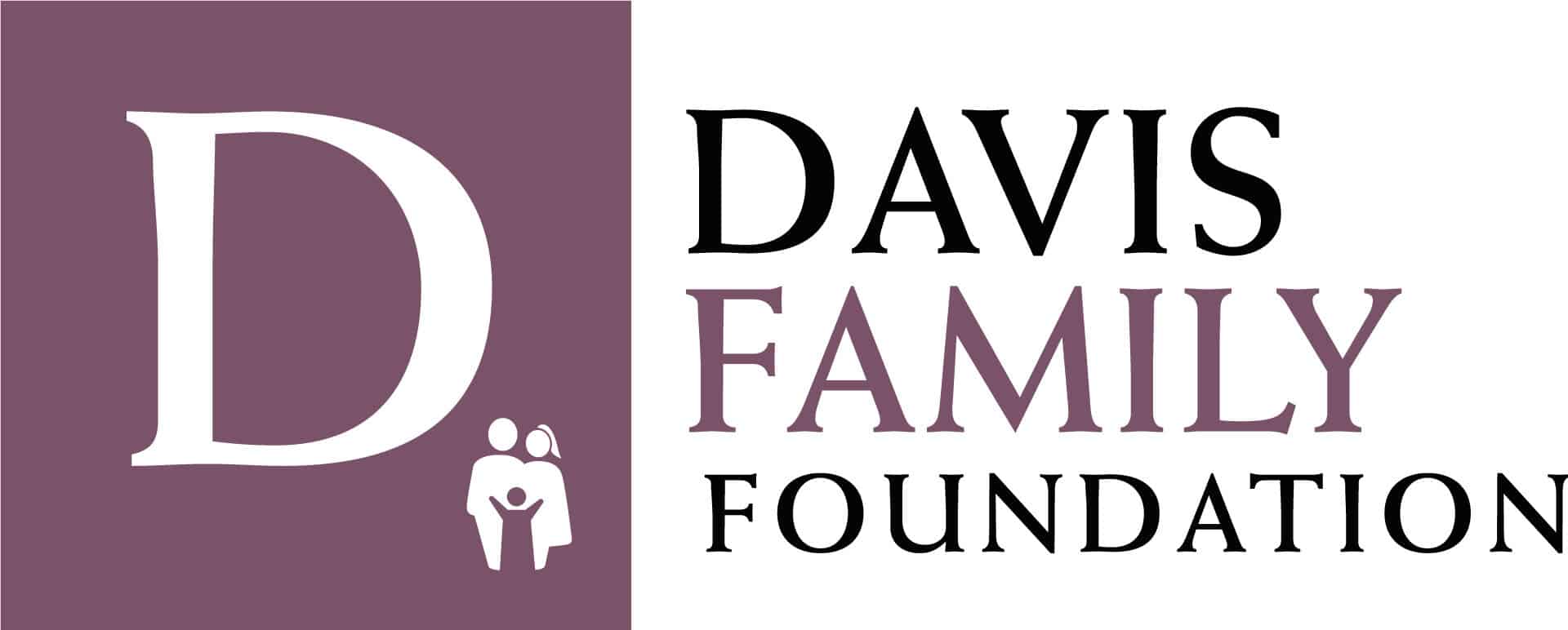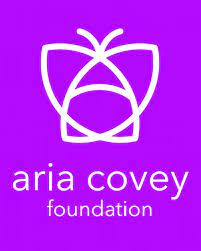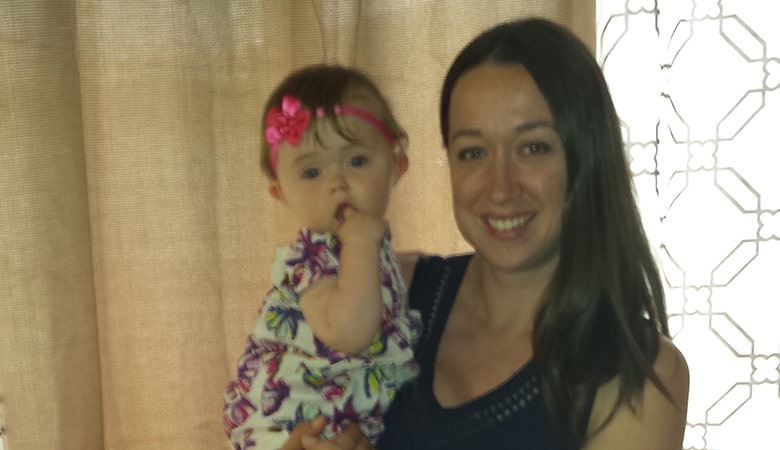
World Breastfeeding Week 2015
Breastfeeding and Work: Let’s Make It Work
Breastfeeding, work, and milk donation: Making it work … and then some
We are nearing the end of World Breastfeeding Week, focusing on Breastfeeding and Work. We have been honoring moms who combine breastfeeding, employment, and donating their extra milk to other babies and moms in need.
Moms work hard to build up a good milk supply in their breasts and a good stash in the freezer for when they return to work. Milk banks, and premature fragile babies are often the beneficiaries of moms’ hard work. Donor mom Julie Pelton describes what the process was like for her.
I started pumping days after my baby was born last October. At first, I’d pump just a bit more than she needed. She had her first bottle at 3 days old. It was a good way to make sure dad was involved too. Within a few weeks, I was pumping more than she needed and looking to freeze it. I went back to work when my daughter was 13 weeks old with over 100 bags in my freezer. It was at that point we realized that we needed a dedicated breast milk freezer.
Adjusting to return to the workplace can be challenging. Be patient, go slow, and get support from your boss, your coworkers, and your family. Talk with other moms who have been there.
My first week back to work was difficult. I was used to being with my daughter and feeding on demand. I had to figure out what times of day worked well to pump and where to go to do it.
Learn about your workplace policies before you return to work. Ask for the support you need, you’re worth it to your employer!
I work for an organization that is very supportive of mothers returning to work and there is a lactation room in my building. For the first month back, I spent my lunch break in the lactation room, along with a shorter break later in the day. After several weeks of that, felt like I was trapped going to that room on every break because I didn’t want to use work time for what I considered personal business. After speaking to my supervisor, she made it clear that breastfeeding mothers are highly supported and I could pump on the clock and use my lunch for “me-time.” From February until May, I was allowed to use a vacant office behind my desk (as opposed to the lactation room, which was on another floor in another part of the building). That office was put back in use in mid-day and since then, I’ve returned to using the lactation room.
Your coworkers can also be a great support. When they have babies, you will do the same for them.
I have been very lucky with my quest to pump and donate milk. My co-workers will remind me if it’s past the time I normally go to pump. Several are aware of my donations (over 1,000 ounces and counting!) And have commended me for it.
The more moms who breastfeed and pump at work, the more supportive workplaces will be. You are setting an example for co-workers and your workplace, about breastfeeding and milk donation. Thank you.
One of the VPs of my company heard me talking about the condition of the lactation room (a small room with two chairs, a divider and sink) and started making calls to get a better set up. I work for a large health organization that has committees dedicated to making the transition back to work a positive one for lactating mothers. I couldn’t have asked for a better, more supportive environment to work in!
Thanks to Julie, her coworkers, and her employers for the flexibility and support that allowed Julie to breastfeed and donate her milk to others. They all support breastfeeding and milk donation every day.
Screening to become a breast milk donor is done through an easy four-step process. Once accepted for donation, milk can be shipped door-to-door or through one of our donor milk depots throughout the Northeast.
